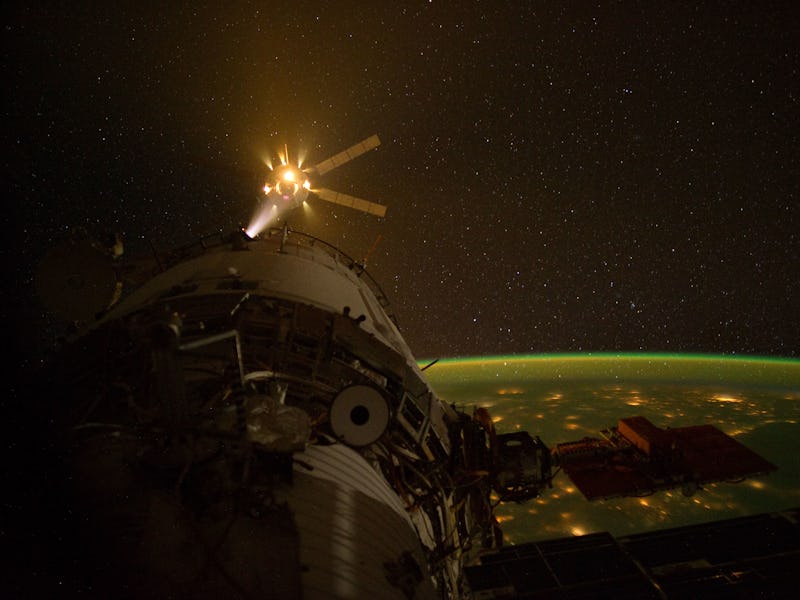Russia Will Not Send U.S. Astronauts to ISS After 2018
NASA has few other options for sending people to the space station.

Russia will not conduct any more space launches to send U.S. astronauts to the International Space Station after 2018, according to a release issued by the country’s TASS news agency.
“We are working with our partners under the effective contracts, but we have no plans for concluding new ones,” Sergey Saveliev, the deputy chief of Russia’s state-run space agency Roscosmos, told TASS.
Without question, Russian-American relations are at an all time low since the end of the Cold War. One of the brighter points to this conflict has been the fact that NASA and Roscomos have continued to get along with their collaborative projects and missions in relative peace. Since the shuttering of the Space Shuttle program in 2011, the U.S. has relied exclusively on sending its astronauts to the ISS aboard Russian Soyuz spacecraft launches.
Unfortunately, this has put the United States at the mercy of Russia in the event any kind of conflict would arise. “We’re in a hostage situation,” former NASA administrator Michael Griffin once told ABC News. “Russia can decide that no more U.S. astronauts will launch to the International Space Station, and that’s not a position that I want our nation to be in.”
The situation hit a nadir when Russian Deputy Prime Minister Dmitry Rogozin tweeted in 2014:
“After analyzing the sanctions against our space industry, I suggest to the USA to bring their astronauts to the International Space Station using a trampoline.”
It seems Russia is now making good on subtle threats in the last few years to end their space relationship with the U.S.
The big question now is how will the United States continue to send astronauts to the ISS after 2018? Well, that year coincides with the test launch of NASA’s new Space Launch System. The goal of SLS is to launch rockets that can deliver spacecraft to places beyond Earth’s orbit, but there’s no reason to think it can’t also be used to send people to the ISS.
That just leaves the question of what kind of spacecraft will be delivering people to the station itself. NASA’s successor space vehicle to the shuttle Orion won’t be ready for crewed mission until 2023.
The agency instead may have to rely on private companies for such vehicles. Two of the most promising options are Boeing’s CST-100 Starliner, which will hopefully conduct a manned launch in 2018, and the SpaceX Dragon Capsule, which will be conducting crewed tests just next year.
NASA has no qualms with working with private companies to fulfill its missions — especially American ones. The agency has enthusiastically worked with SpaceX and others to conduct ISS resupply missions for the last couple of years, allowing those companies to stretch their space legs and become more experienced with advancing their launch operations and technologies.
That’s critical, because the lack of experience on the part of those countries has reared its ugly head time and time again. After all, there have been multiple ISS resupply missions that have resulted in explosive failure — literally.
If NASA’s only recourse for sending astronauts to the ISS after 2018 are Elon Musk and others, they had better ensure those companies can guarantee the safety of those men and women aboard those spacecraft as well as Russia could with the Soyuz missions. Right now, it’s too early to say they can.